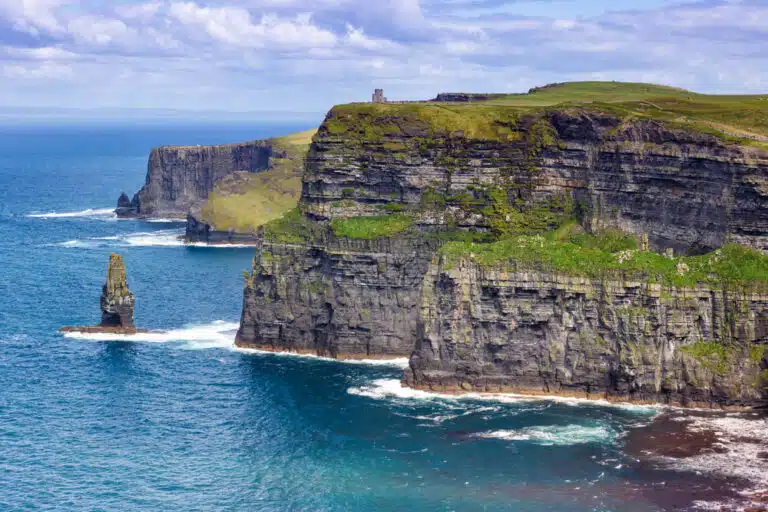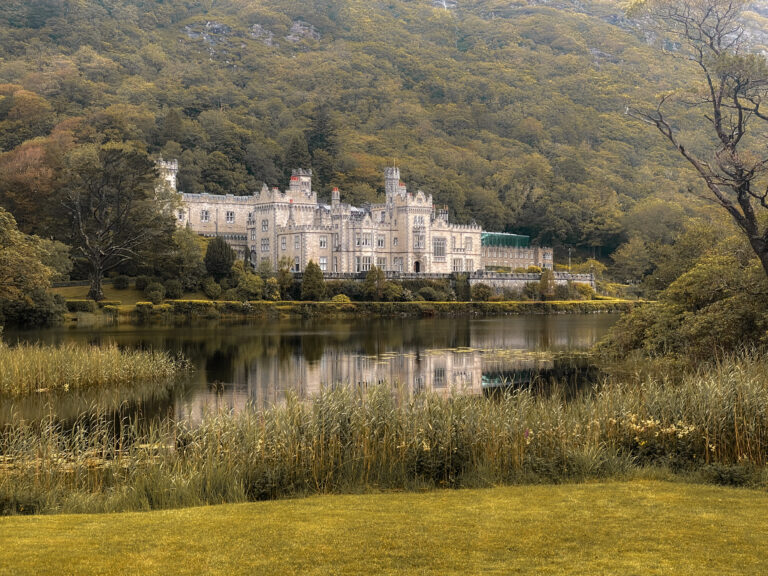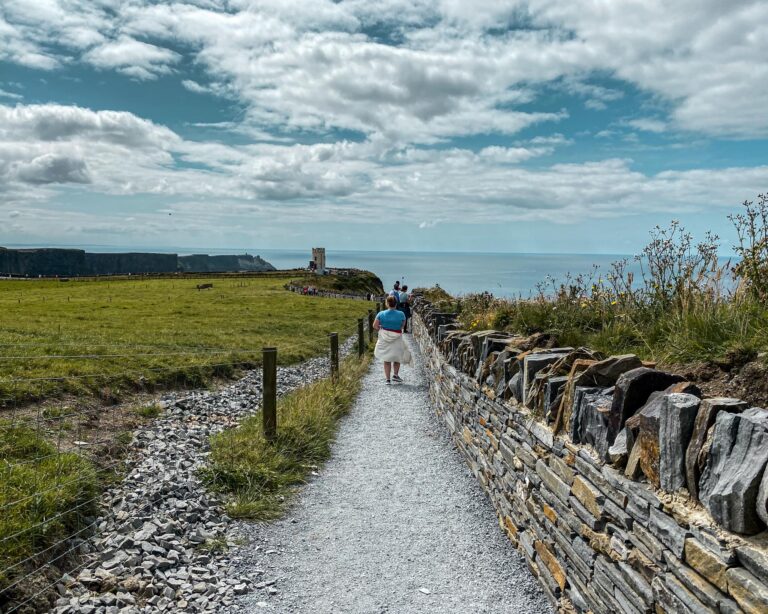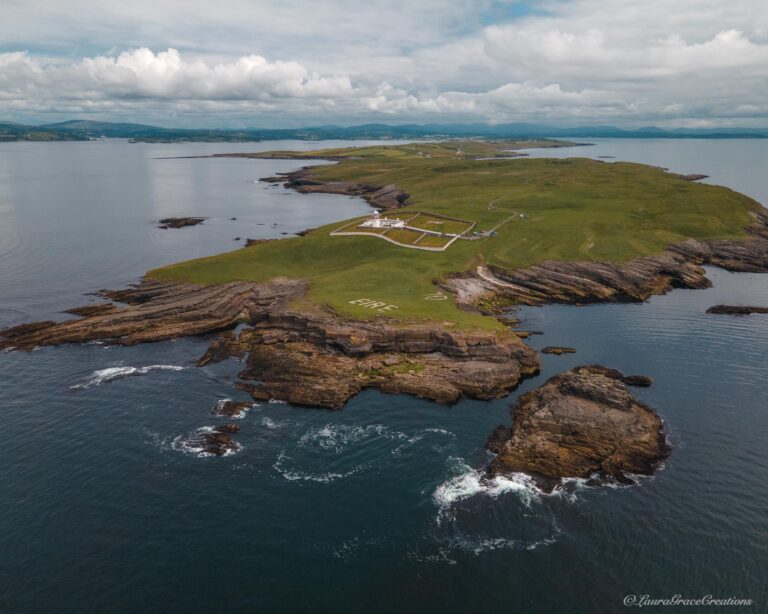Is Dublin in the UK? Northern Ireland? Or the EU?
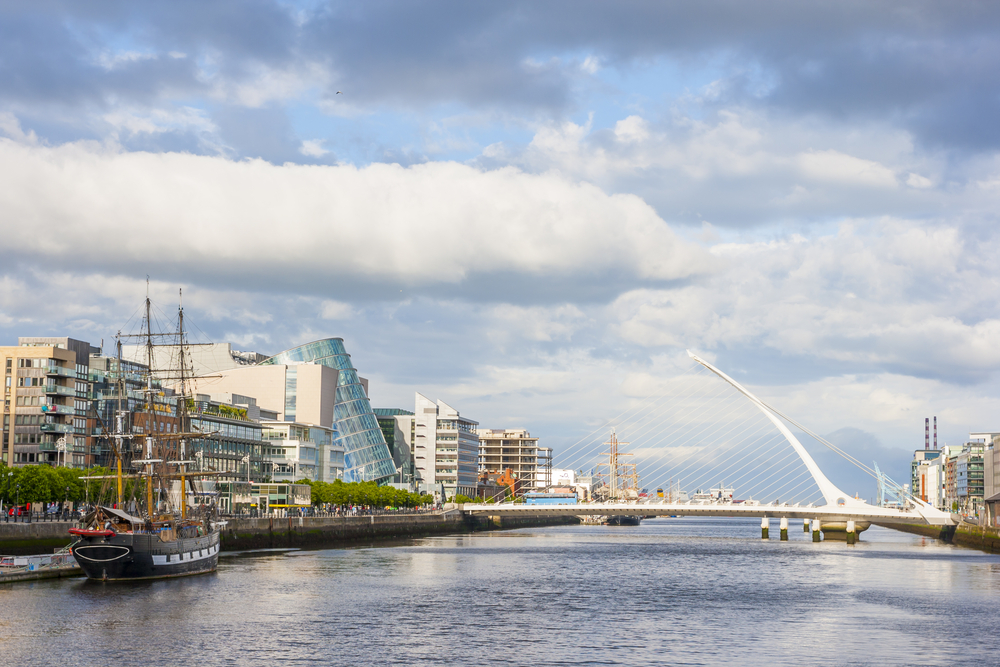
Is Dublin in the UK? Northern Ireland? Or the EU?
One thing is for certain, ever since Brexit Ireland has seen its fair share of international attention for things other than tourism. More and more people are confused about Ireland’s location, political status and geographical belonging. As an Irish person who travels quite a lot, I am blue in the face answering questions like, “Are you from the UK?”, “Do you live near London?”, “What is life like after Brexit?” and “Is Dublin in the UK?” So, I thought today I would set the record straight.
Is Dublin in the UK?
No, Dublin is not part of the United Kingdom. Dublin is the capital of the Republic of Ireland, an independent country that makes its own laws separate from the UK. While the UK and Ireland are close neighbours they have a range of differences from currency, driving and governments.
Was Dublin part of the UK before?
Yes, for a period of time, Dublin was part of the UK. This was between the years 1801 and 1922, when the whole of Ireland was under British rule. This era ended with the Anglo-Irish Treaty of 1921, leading to the establishment of the Irish Free State. Throughout this time Ireland saw a great deal of sadness, war and resilience to combat UK rule.
When did Dublin leave the UK?
Dublin, like the rest of Ireland, officially left the United Kingdom on December 6, 1922. This was when the Irish Free State, now known as the Republic of Ireland, was established. This marked a significant moment in history as Ireland gained its independence from British rule.
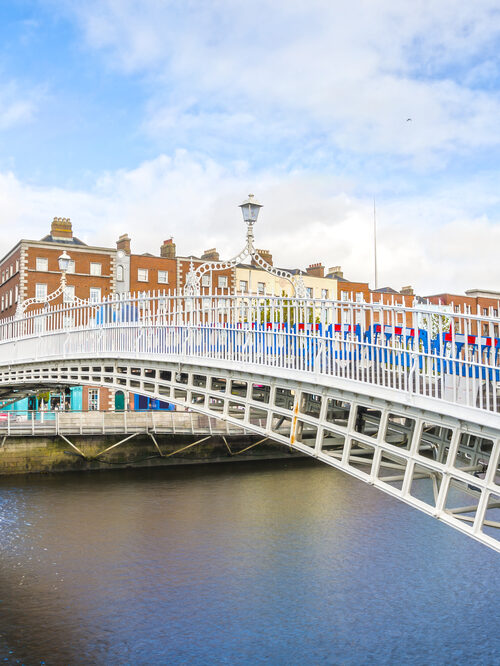
Is Dublin in the EU?
Yes, the Republic of Ireland, where Dublin is, remains a member of the European Union even after Brexit. This is something that many international people find confusing but Ireland is an independent country and never took part in a Brexit vote. This was only for those living in the United Kingdom.
Was Dublin affected by Brexit?
While Dublin and the Republic of Ireland have not directly been affected by Brexit we have seen a massive impact due to our close trading ties with the UK. Even though we are not part of the UK, changes in trade rules, travel regulations, and a host of other things have had ripple effects. But we are adapting and finding ways to navigate through these new circumstances.
Where is Dublin in Ireland?
Dublin is situated on the eastern coast of Ireland, right at the mouth of the River Liffey. It’s pretty much on the opposite side of the country from the famous Wild Atlantic Way. If you’re looking at a map, it’s towards the top, but not right at the top, of the southern part of the island. It’s a beautiful city, with lots of neat places to see and things to do!
Is Dublin the Largest City in Ireland?
Absolutely, Dublin is indeed the largest city in Ireland! With its bustling city life, rich history, and vibrant culture, Dublin stands out not just in its size, but also in the hearts of those who visit or call it home. It’s a city that welcomes everyone with open arms, and there’s always something new to discover here. However, while Dublin is a safe and fun place to visit, with plenty of stunning walks, hidden gems and things to do, it can be rather expensive so make sure to keep that in consideration when booking your trip.
Is Dublin in the Schengen zone?
No, Dublin is not in the Schengen Zone. The Republic of Ireland, where Dublin is located, has opted out of the Schengen agreement. This means that you might need different visas or permits to travel between Dublin and countries within the Schengen Zone. It might seem confusing with all these different rules, but that’s how it is.
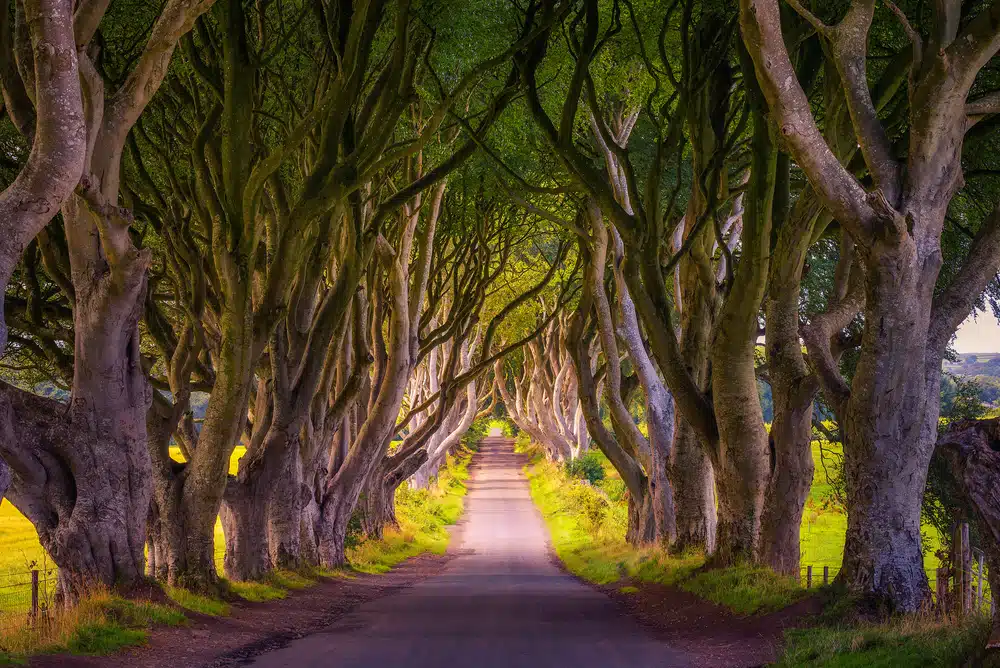
Northern Ireland OR The Republic of Ireland: Which is Which?
Many get confused about the difference between Ireland and Northern Ireland. Both entities are on the Island of Ireland and share many elements in terms of culture and history. Below I am going to clear up any confusion you may have in regards to the two.
Is Dublin in Northern Ireland? Or Is Dublin in the Republic of Ireland?
Dublin is in the Republic of Ireland. Although Northern Ireland and the Republic of Ireland are both on the island of Ireland, they are two different political entities. Northern Ireland is part of the United Kingdom, while the Republic of Ireland, where Dublin is located, is an independent country.
This is something that causes great confusion and to be honest it is something I get asked about quite frequently as I travel. The question most commonly asked is “What Ireland are you from?”. And to be honest I’m not surprised it causes confusion.
Because, politically speaking there are two separate countries, the Republic of Ireland and Northern Ireland. But this doesn’t always translate when talking to people as it is common to hear some of those from the North say they are from ‘Ireland’ even though they may live in Northern Ireland.
This comes down to the country’s complicated past and Northern Ireland’s population consists of both Irish and British people.
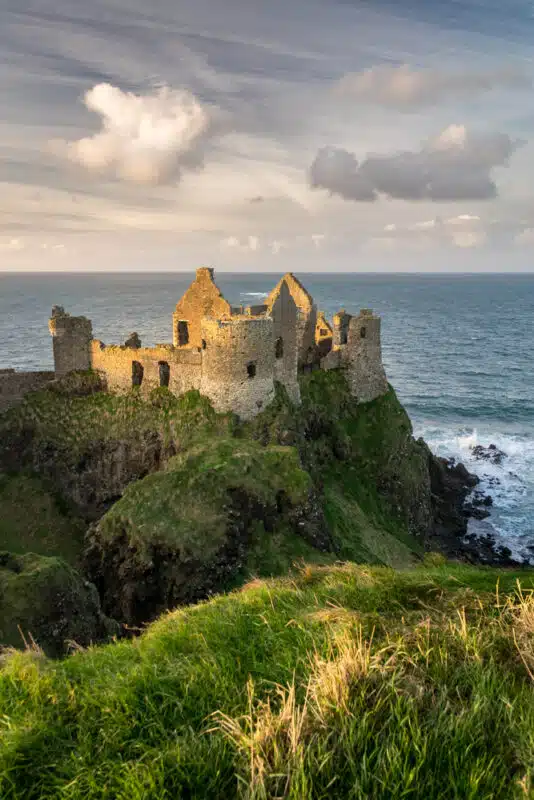
What is the difference between Ireland and Northern Ireland?
The main difference between Ireland and Northern Ireland is political. Ireland, also known as the Republic of Ireland, is an independent nation. It makes its own laws, has its own government, and runs its own affairs. Now, Northern Ireland, on the other hand, is part of the United Kingdom, which also includes England, Scotland, and Wales. So, while both regions are located on the island of Ireland, they are politically distinct.
In the Republic the road signs are in both English and the Irish Language, while in the North it is (mostly) just English. The speed limit in the Republic is measured in Kilometre per hour whereas in the North it is miles. And the Currency in the Republic is Euro’s where as in the North it is pounds.
Is Southern Ireland part of the UK? What is “Southern Ireland”?
Southern Ireland is not an official term but I do hear it being used from time to time (but it’s not common among locals).
This phase typically refers to the Republic of Ireland which is not part of the UK. The UK consists of England, Scotland, Wales, and Northern Ireland.
You may also hear locals in the North of Ireland say we are going ‘Down South’ for the weekend. Meaning they are heading to the Republic for a few days.
What is the Capital of Northern Ireland?
The capital of Northern Ireland is Belfast. It’s a vibrant city with a rich history and culture. Plus, it’s full of friendly locals who’ll make you feel right at home!
If you’re planning a trip to Belfast, there’s an abundance of things to do and see! Here’s a quick list of activities you might want to consider:
- Visit the Titanic Belfast: This museum takes you through the history of the iconic Titanic, from its construction to its tragic sinking.
- Explore Belfast Castle: Situated on the slopes of Cavehill Country Park, the castle offers stunning views of the city and the surrounding areas.
- Take a stroll through the Botanic Gardens: These beautiful gardens are perfect for a leisurely walk or picnic.
- Check out St. George’s Market: Filled with local produce, crafts, and live music, it’s a real taste of Belfast culture.
- Experience Crumlin Road Gaol: A tour of this former prison provides a fascinating glimpse into Belfast’s history.
- Walk the Peace Walls: These walls, filled with street art, represent the city’s past and hopes for the future.
- Relax at the Belfast City Hall: Surrounded by beautiful grounds, it’s a great spot for some downtime in the city centre.
Is there a border between Dublin and Belfast?
Technically, yes there is a border between Dublin and Belfast however you are not able to physically see this border. There are no barriers, fences or custom checks in place. The border has been completely ‘invisible’ since 2005 as a result of the Good Friday Agreement in 1998.
What counties are in Northern Ireland?
Northern Ireland is made up of six counties: Antrim, Armagh, Down, Fermanagh, Derry, and Tyrone. These counties are rich in history, culture, and beautiful landscapes. From the stunning Causeway Coast in Antrim to the tranquil lake lands and hikes of Fermanagh, each county offers its own unique charm and experiences. Whether you’re looking to explore historic castles, enjoy a scenic hike, or immerse yourself in local culture, you’ll find an array of adventures waiting for you in Northern Ireland!
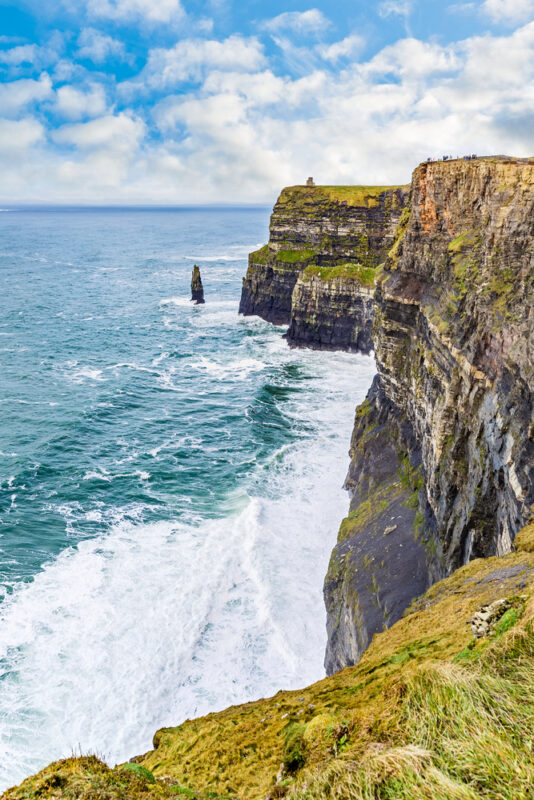
What Counties are in the Republic of Ireland?
The Republic of Ireland is divided into four provinces: Leinster, Munster, Connaught, and Ulster. Each of these provinces is a beautiful collection of various counties, with each having its own unique charm and attractions.
Leinster, with Dublin as its capital, includes counties like Wicklow (home to the iconic Glendalough), Carlow, Kildare, Kilkenny, Laois, and more. You can explore ancient castles, enjoy beautiful parks, or immerse yourself in the vibrant city life in Dublin.
Munster, known for its stunning landscapes, includes Clare, Cork, Kerry(home to one of my favourite cliffs in Ireland), Limerick, Tipperary, and Waterford. From the breathtaking Cliffs of Moher in Clare to the hidden gems of the Copper Coast in Waterford, there’s an adventure waiting for everyone.
Connaught, famous for its rugged beauty and Gaelic culture, includes counties Galway (with the beautiful Connemara and the Aran Islands), Leitrim, Mayo (home to the highest sea cliffs), Roscommon, and Sligo (often missed on Ireland Itineraries). With its beautiful coastal towns, majestic mountains, and rich history, it’s a haven for outdoor enthusiasts and history buffs alike.
Finally, Ulster includes only three counties of the Republic of Ireland: Cavan, Donegal, and Monaghan. From the unspoiled landscapes in Donegal to the ancient heritage in Cavan, this province offers a uniquely Irish experience.
